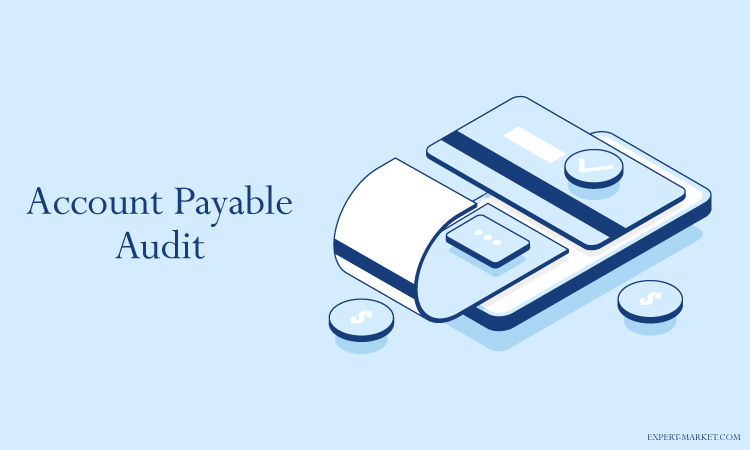When you would like to do an audit of your accounts payable department, you need to know the best practices for such an audit. Your company will save money and time when you have completed the audit, and you must ensure that you have taken the time to go through each step listed below.
A company that plans to complete an audit every year can improve their operations, and you might determine how best to use the software you choose. Continue reading to learn how to complete your own audit.

Check The Ledger For Whole Numbers
Your accounts payable audit program should check the ledger against the paperwork that you have. Whole numbers are often not used in the business world because of taxes, wholesale prices, customs duties, and other fees. If you see a whole number on your ledger, you may have found a payout that was simply made to cover part of a bill or that was made without the proper documentation. If someone on your staff did not know the exact number, they might have sent a whole number payment which is also incorrect.
Find The Final Receipt
You must try to find receipts for all the things that have been paid from this department. The final receipt for a payment must be provided because you may only have one receipt. If you send half the payment now and half later, you may lose one of the receipts. It looks like you only made half the payment, and this is why you must file all the receipts from an invoice so that you know it was paid properly.
Choose Automated Software
The automated software you use should communicate with your accounting program, help you scan all the documents for each purchase, and create reports for the company’s spending. You can check spending patterns, find out where the most money is spent, and budget properly. The software should automate much of what you do so that you can check over the reports instead of entering everything by-hand. You decide what happens when information is entered in the system, and the software can parse that information for you.
Create Very Specific Month-End Reports
Once you have completed your audit, you can do a mini-audit at the end of every month where you print reports to make sure that you have not missed anything. However, your report should be very specific. You can ask how much money was spent on paper clips this month, or you can figure out how much you spent on airfare for business travel.
You could even figure out how much you spent on catering for corporate guests as opposed to office events. Specific reports help you determine where the money is going instead of looking at one line-item on the ledger without seeing the details.
Check Every Invoice From Every Vendor Carefully
It is possible that vendors are saying one thing and charging something else. Blindly paying these vendors is a waste of money because it is hard to get that money back once you have paid. You will see these discrepancies when you have read through the invoices, and you can contact the vendors to ask why their prices are inconsistent. You may need to drop vendors who do not charge fair prices, or you may catch vendors billing you twice because you took the time to go through the whole ledger and every invoice.
Make Sure A Manager And Another Supervisor Will Read The Accounts Payable Reports
You may have a number of people in the accounts payable department doing as much work as possible every day, but the manager should not be the only person responsible for checking reports in this department. You need a system of checks and balances that will help make this department efficient. You can avoid errors and take the pressure off one person who must read through every report, check every receipt, and review every vendor’s history.
Do The Audit At The End Of The Year (Or Call Your Accountant)
You may be reading this article thinking that you need to audit accounts payable right now. This is not the case. Wait until the end of the year so that you can check trends for the whole year. If you have just decided to do an audit in the middle of the year, you may need to contact your accountant to check on the tax implications of the changes you will make.
Conclusion
You can set up an audit of your accounts payable department near the end of the year, choose the appropriate software for your company’s accounting, and automate much of what you do. You can go through the ledger, pay off old accounts, and set your budget based on new rules created during the audit process.
































